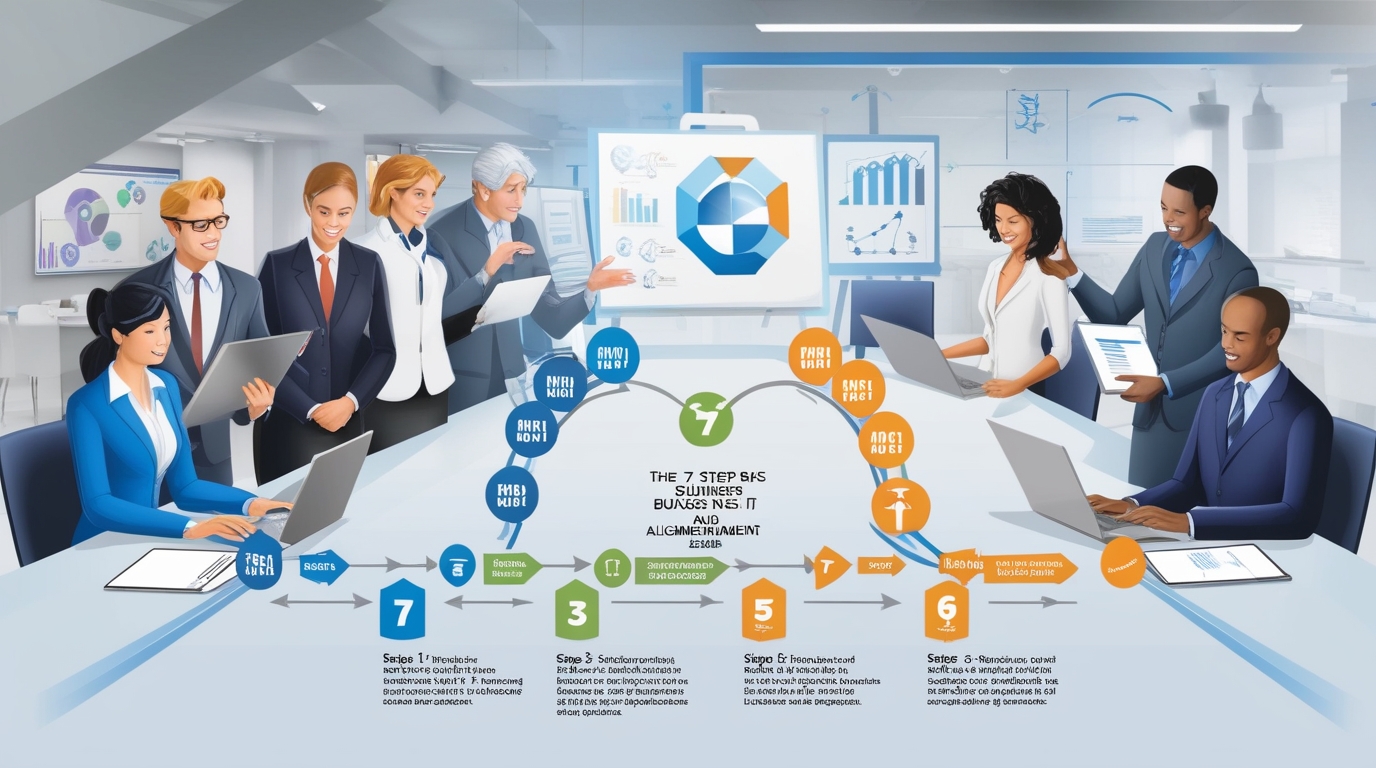
Creating a Vision for Business IT Alignment
Discover a structured approach to crafting an IT Vision that aligns seamlessly with your business objectives. This guide offers actionable insights for CIOs looking to bridge the gap between IT capabilities and business strategies.


